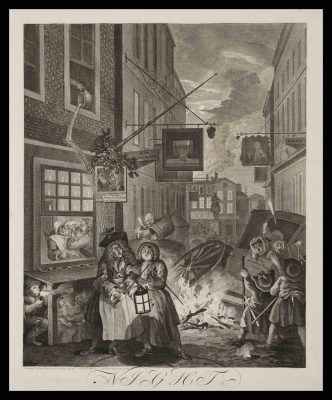Exhibitions change regularly. Please check our website for the most up-to-date exhibition information at our home page.
Docent-Guided Tours are available with advance reservation. Please schedule at least 3 weeks prior to your visit. School groups can explore current museum exhibitions as well as the Public Art on Campus through interactive discussion on guided tours. Docent–led tours engage students in an active exchange of ideas about art, culture and personal experiences. As students learn to look at and interpret works of art, they uniquely exercise observation and visual literacy skills, critical thinking and creative problem solving.
Curriculum Connection Tours are docent-guided and connect the visual arts to curriculum in language arts, history, social studies and science. Whether you seek a general introduction to the art museum for your students or want a tour specific to your curriculum requirements, we can provide teachers with an engaging and memorable class visit. Additionally, we can provide writing activities and hands-on art making projects. To plan your visit please email benton.education@uconn.edu or call 860-486-1711
Make reservations at least 3 weeks in advance of your requested tour date and have an alternate date to ease scheduling. Guided tours are available Tuesday through Friday, 10:00 a.m. to 3:30 p.m. and Saturdays and Sundays between 1:00 and 3:00 p.m.
Self-Guided Tours are welcomed though it is important to schedule your group tour in advance to avoid conflict with tours in the galleries. Please schedule your tour by email or calling the Education Office. Self-guided tours may be scheduled Tuesday through Friday and weekend hours.
Large groups will be divided into smaller, more manageable groups. We can accommodate a group with a maximum number of 45. If your group is larger, please call the Education Office for assistance.
Length of tour is approximately 50 minutes though it may be longer if a writing activity or hands-on art project is involved. Larger school groups of 40 or more should also plan for additional time.
Cost of Tour depends on whether you schedule a guided-tour with a Museum Docent or plan a self-led tour. The fee for a Docent-led tour is $5 per person. Donations are welcomed for self-led class tours.
Lunch availability is steps away at the UCONN Student Union where there is plenty of seating. You may also bring lunch or purchase it and enjoy it outside in nice weather. Our lovely shade garden behind the museum is perfect for picnicking.
Late Arrival Policy is for groups arriving more than 15 minutes late. We cannot guarantee a full scheduled tour. Prompt arrival is essential. If you are running late, please inform us by call 860-486-4520.
Tour Cancellations or rescheduling should be made in advance of the tour date. If that is not possible due to unforeseen circumstances, please call 860-486-1711 AND 860-486-4520 to notify your docents.
Museum Etiquette should be reviewed with students prior to your visit.
- No backpacks large bags or umbrellas are allowed in the galleries. There is a coatroom in the lobby, laptops may be left with Visitor Services staff.
- No drinks or food (including candy and chewing gum) are allowed in the galleries.
- Cellphones should be turned off, and inside voices are used.
- There is no photography in the galleries unless permission is given.
- Artwork should not be touched (unless specifically designed to be touched) and visitors are asked to keep a 2-foot distance from all objects.
- No pens may be used for note taking. The museum provides pencils if needed.
Foreign Language Tours. Parlez-vous français? Looking for a foreign language-speaking docent for your class? We are happy to announce our partnership with the Literature, Cultures and Languages Department at UConn. Advanced French students train with our Student Docent Program to give tours in French to visiting French classes from 9th grade up. We can also provide our visitors Spanish and Italian speaking docents when available.
ESL Tours Art is a universal language! Students of all ages learning to speak English will enjoy visiting the museum to experience informal conversation with English speaking docents as an important aspect of learning the language. Looking at art together provides a wealth of conversational topics for appreciation of art, daily living, emotions and more. Please contact the Education Department to tailor a visit or series of visits.
We Are Here to Assist You! Don’t hesitate to contact our Education Office to find out about our tailored curriculum connections tours, tour fees, lunch or any concerns you may have. We are happy to assist in planning for your successful class visit.
Image Credits: Arpillera created in Chile, Chilectra. Museum Education Collection
